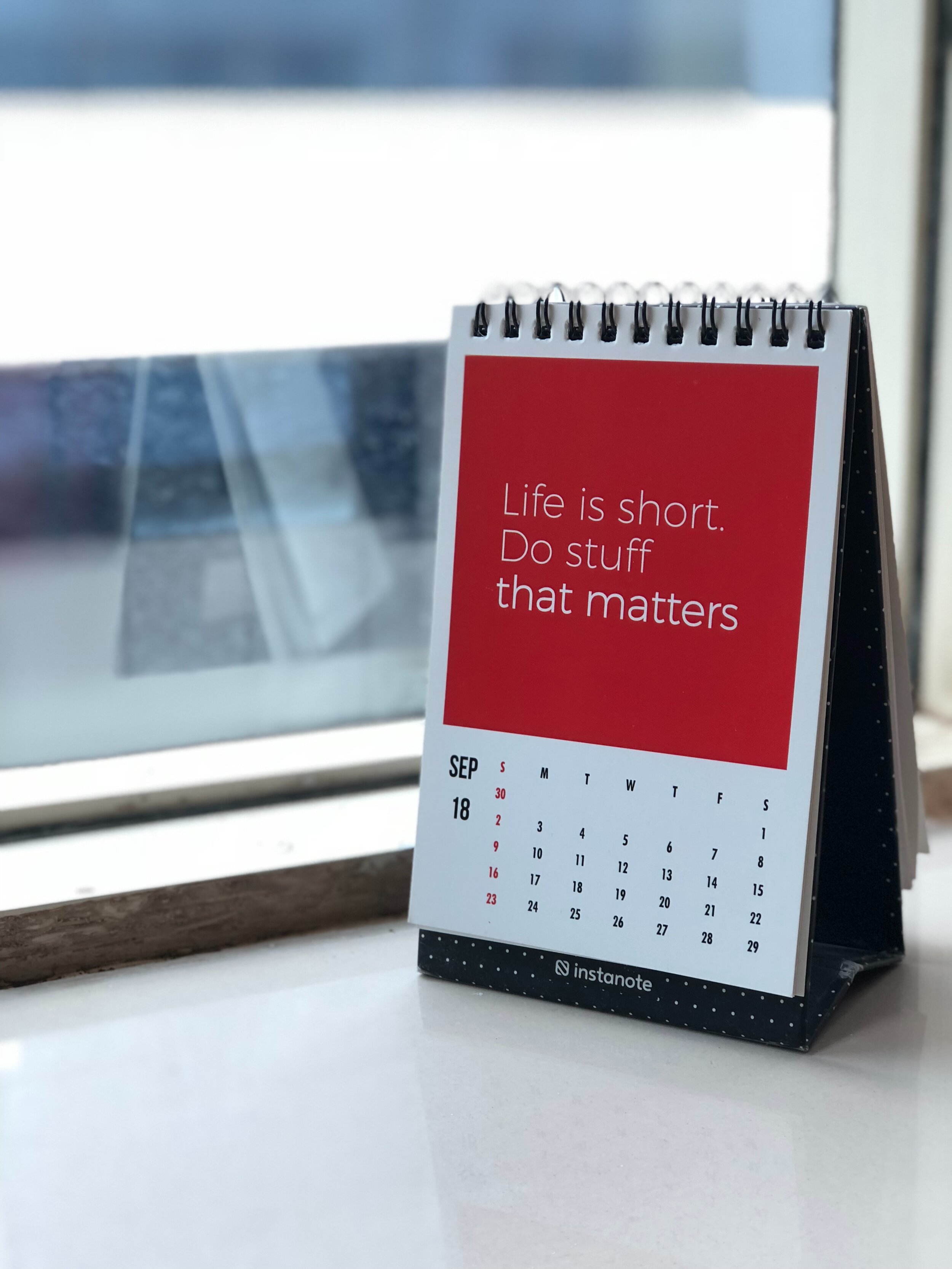Making Space for Anxiety
Jill Stoddard
By Annabelle Mebane, MA, AMFT
Often when we seek out therapy for anxiety, we are hoping that with treatment we can cure our anxiety or get rid of it. Anxiety is deeply uncomfortable, and it makes perfect sense to want to make it go away. Plus, anxiety is evolutionarily designed to show up when we are facing a threat, so of course the impulse is to resolve the perceived danger and presumably get rid of the anxiety too.
But the thing is, anxiety also shows up around the things we care most about.
When we take a risk towards something we care about, our minds and bodies sometimes read that risk as a threat. It’s vulnerable to care and to risk feeling pain, rejection, loss, or failure. And if we “resolve” that threat and make the anxiety go away, that sometimes means we are cutting ourselves off from the richest parts of our lives. We avoid taking the risks that may cause pain and that will very likely cause anxiety, but in doing so, we miss out on the juiciest parts of life.
The primary goal of anxiety therapy isn’t actually to get rid of anxiety.
As someone who has experienced (and still experiences at times) a fair share of anxiety, and someone who is also now a therapist specializing in the treatment of anxiety disorders, I’ve learned that the most effective treatment for anxiety isn’t ultimately about getting rid of anxiety. It’s about learning to make space for it to be there, and still choosing how we want to show up and respond to it.
I know that sounds really hard, and it is. One of the hardest parts of anxiety is the way that it can get us stuck. The way it convinces us we can’t handle the challenge in front of us or the feelings showing up inside of us. The way it convinces us to make ourselves or our lives smaller in order to try to stay safe or comfortable.
So how do we make space for anxiety?
Making space for anxiety looks like slowing down, noticing our heart is racing, our palms are sweating, our head feels light, our body feels tingly and shaky, naming that we are feeling anxious or nervous, and compassionately saying to ourselves “yep, this takes courage for me to be here and do this right now”. It looks like noticing that our mind wants to beat us up – “seriously, you’re still anxious about this?” “other people don’t have this much trouble with this,” “why are you so sensitive?” “you can’t do this,” – noticing these are painful stories, and responding to our mind compassionately, the way we might respond to our younger self or our child.
How do we choose how we want to show up even when we feel anxious?
Choosing how we want to show up means that we decide what matters to us most in this moment, we clarify how we want to behave in this moment, and we do our best to take action toward those values. We don’t get to choose if we feel anxious. We do get to choose if we are going show up and how we are going to respond to ourselves and others when we do.
Maybe it means going in for your annual check up in service of taking care of your health, and showing up to that appointment as someone who is assertive, compassionate, present, and grateful.
Maybe it means donating blood in service of giving back to your community and in service of facing a long held fear of needles, and showing up as someone who is open, brave, and willing.
Maybe it means getting on a plane to fly halfway across the world to attend the funeral of a loved one, and showing up to connect and share love and grief with family.
Maybe it means joining a dating app, going on a first date, and showing up as someone who is playful, kind, and authentic.
Maybe it means getting behind the wheel in service of being independent, and showing up as someone who is determined and perseveres.
We choose the action, we choose the qualities of being, and then we do our best and have compassion for ourselves if it doesn’t go exactly as hoped or planned.
Making space for one feeling often makes space for others too.
When we make space for anxiety and stop fighting with it and beating ourselves up for having it, sometimes we also make space for the possibility of a complex experience that includes both anxiety AND joy, connection, love, or pride.
Even as an anxiety therapist, there are some things that I personally just either haven’t yet or won’t ever completely stop feeling anxious about. But whether that anxiety ever goes away completely doesn’t matter to me anymore. If I know I can show up anyway, that’s all I need to know. Sometimes the fact that the anxiety shows up and I still do too is actually part of what makes it meaningful.
I get a choice to be brave and vulnerable, and when I’m not stuck trying to wrangle my way out of the anxiety, I get to make space to also notice and sometimes relish the other feelings I’m having. Most of the best, most meaningful and important moments of my life have come right after feeling an almost overwhelming amount of anxiety and choosing to show up anyway. And from an Acceptance and Commitment Therapy perspective, we hurt where we care. And caring is not something we aim to get rid of, so we make space for the pain and anxiety instead.



















